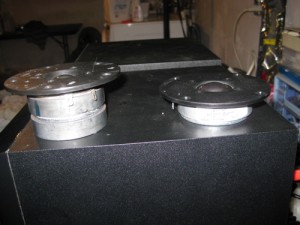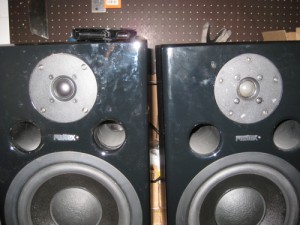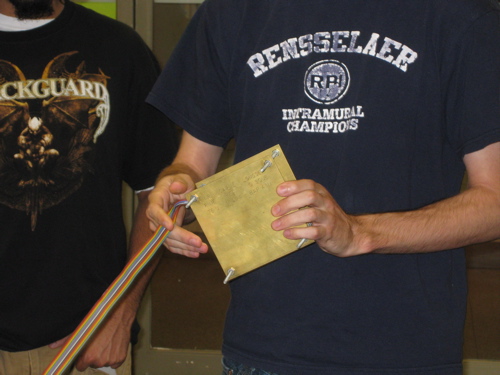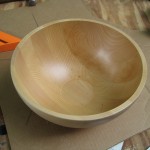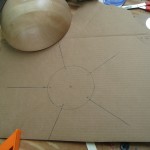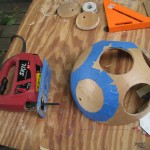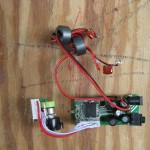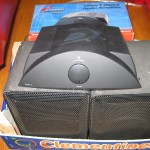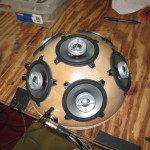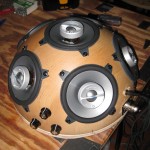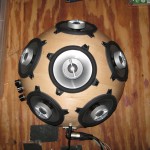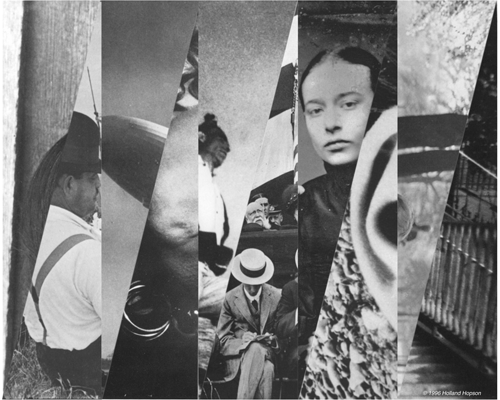A few months ago I blew a tweeter on one of my Fostex PM2 MkII monitors. What should have been a simple repair turned into a marathon. First, Fostex recently sold all support and distribution to a new US company who was slow to respond to repair inquiries due to the backlog created during the handover. They finally came through with a list of local(ish) authorized dealers/repair sites. The closest of which was a known and trusted music shop who never returned my calls–I guess they’re doing fine in this economy. So I struck out on my own. Given my limited budget, doing it myself seemed like the best approach anyway.
After a few consultations with the excellent tech team at iEAR, I had the tweeter removed, verified that it was indeed the problem, and gathered enough information to purchase replacements. I then headed over to Madisound to choose replacement tweeters. Support at Madisound was exemplary–a quick phone call yielded a handful of recommendations for replacement tweeters.
I opted for the SEAS Prestige 27TDF (H1211) tweeter. I’m no audiophile speaker-building veteran, nor could I reasonably measure the frequency response of the factory tweeters. So my choice was determined by finding the closest physical match of diaphragm size, outside diameter, etc. Oh, and budget was a concern, too. I could have spent more on tweeters than I paid for the monitors themselves. $33 each seemed about right. I bought two, realizing that the likelihood of a perfect match was slim–the goal was to replace both tweeters with acceptable sounding units.
Installing the tweeters was mostly straightforward. I used my trusty dremel to carve out a little space in the opening for the new tweeters’ connectors. The only mystery was the polarity of the wires going to the tweeters. I connected the tweeter both ways and listened for differences. The correct wiring was readily apparent: upper mid frequencies all but disappeared when the polarity was reversed.
So, how do the new tweeters compare to the factory tweeters? On the whole, favorably. They’re noticeably quieter; I had to increase the tweeter gain by about 7 dB to get the new tweeter to match the factory unit. Their performance is less consistent at lower volume levels, with the lower range of the tweeter much less prominent when listening at lower volumes. But when I turn up the volume the response flattens out considerably and the difference between the tweeters becomes almost imperceptible. One reason I liked the Fostex monitors to begin with was their balanced sound at low listening levels. I’m disappointed to lose some of that clarity, but pleased that the speakers’ overall character is not radically changed when listening at more typical levels.
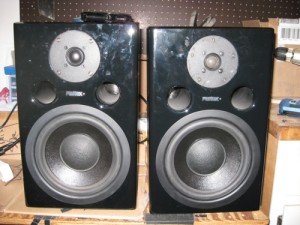
Here are the speakers on my workbench with a new tweeter installed on the left and the old one on the right.
I’ve been listening and mixing with the retweeted speakers for about 10 days now and I feel like my old monitors are back in the studio.

